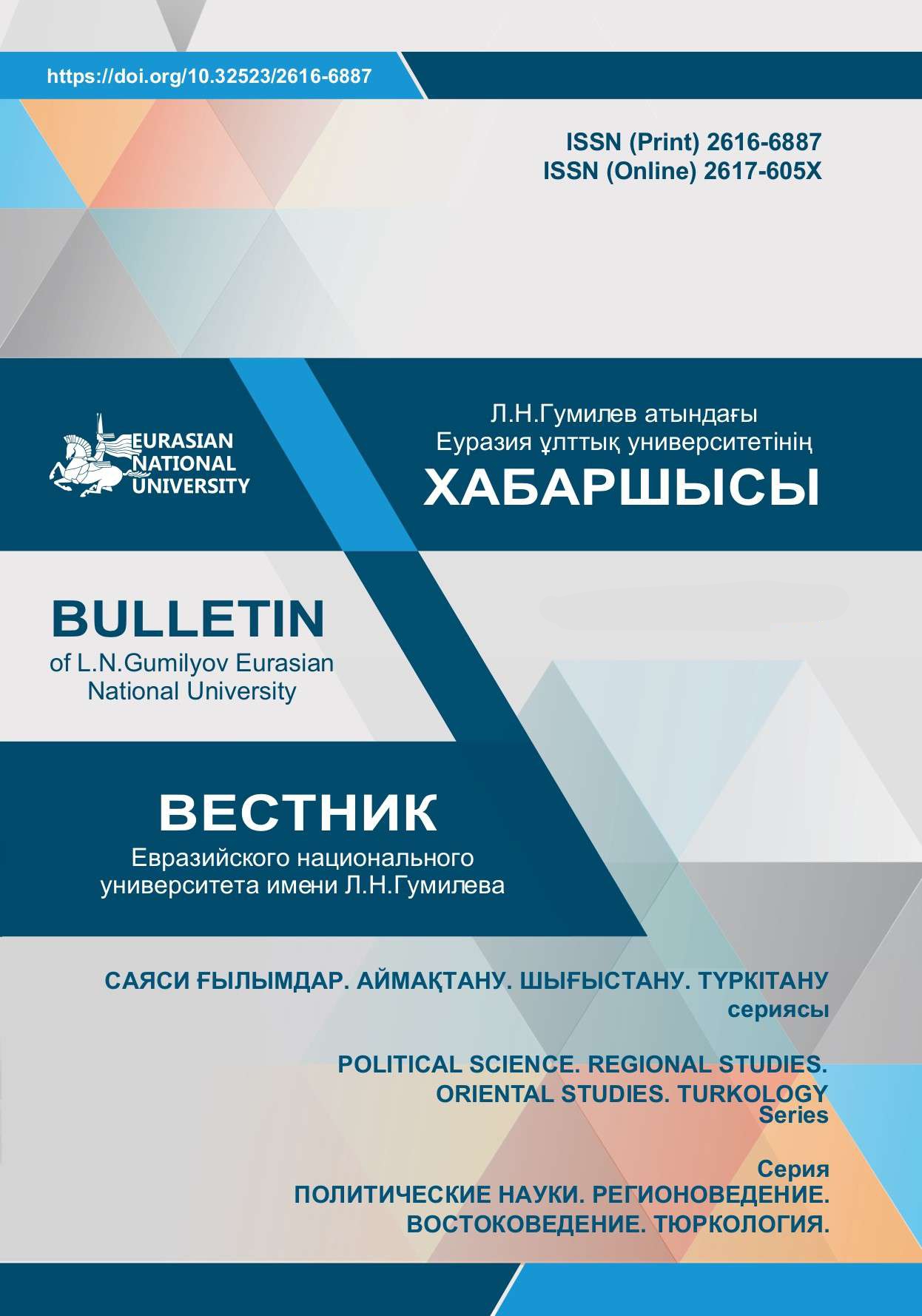Continuity of the lexeme gün “«sun”« in the Book of Korkyt Ata
Views: 174 / PDF downloads: 256
Abstract
In the article we define phonological, semantic, grammatical and pragmatic continuity in
the modern Kazakh language, based on the study of the historical lexeme «gün» (sun) in the comparative
historical aspect of the written monument The Book of Korkut Ata.
Historical lexemes are peculiar structures in the main layer of the vocabulary of the modern Kazakh
language. They perform a cumulative function from father to son, establishing the ideological features
and values of the nation in the world linguistic image. In the historical process, historical lexemes created
for certain reasons in certain conditions and tempered over time by consumers of the same language are
comprehensively developed in the language environment and still satisfy the communicative needs of
consumers. The continuity of linguistic facts of the written monument The Book of Korkut Ata with the
Kazakh language is considered. The written monument The Book of Korkut Ata – originated among the Oguz-Kipchak tribes who inhabited the Cheese in the VIII-XIII centuries, fixed such historical lexemes, and
spread by word of mouth to all peoples of Turkish origin. Although the correspondence of this Monument
to the languages of the Oguz group is high, a small number of works studying phonological, lexicosemantic, pragmatic correspondence to the Kipchak languages indicates the relevance of this article. In
general, the The Book of Korkut Ata provides information about everyday life, geographical names, customs,
traditions, beliefs, and the history of the entire people. This substantial aspect of language, that is, the
description of the linguistic picture of the world generated by cumulative activity, requires consideration
of historical facts in accordance with the requirements of modern times. In particular, we determine the
level of preservation of the token “«gün”« (sun) in the modern Kazakh language and evaluate the place of
the Kazakh language in the historical dictionary. Thus, restoring the nature of the language and the Middle
Turkic vocabulary, we will try to determine the specifics of the Middle age Turkic worldview.







